At a glance
|
Overview
No cat enclosure or catio is complete without some plants which provide decoration, shade and something to nibble. Most pet owners are aware that many common plants are toxic to cats. This article looks at cat-safe plants to add to your catio.
Related: Flowers non-toxic to cats Herbs non-toxic to cats Succulents non-toxic to cats Indoor plants non-toxic to cats
Ideally, if space permits, the catio or cat enclosure will have several different types of plants which include large plants to provide shade, edible plants (catnip, cat grass), decorative plants and hanging plants.
Decorative plants
Spider plant
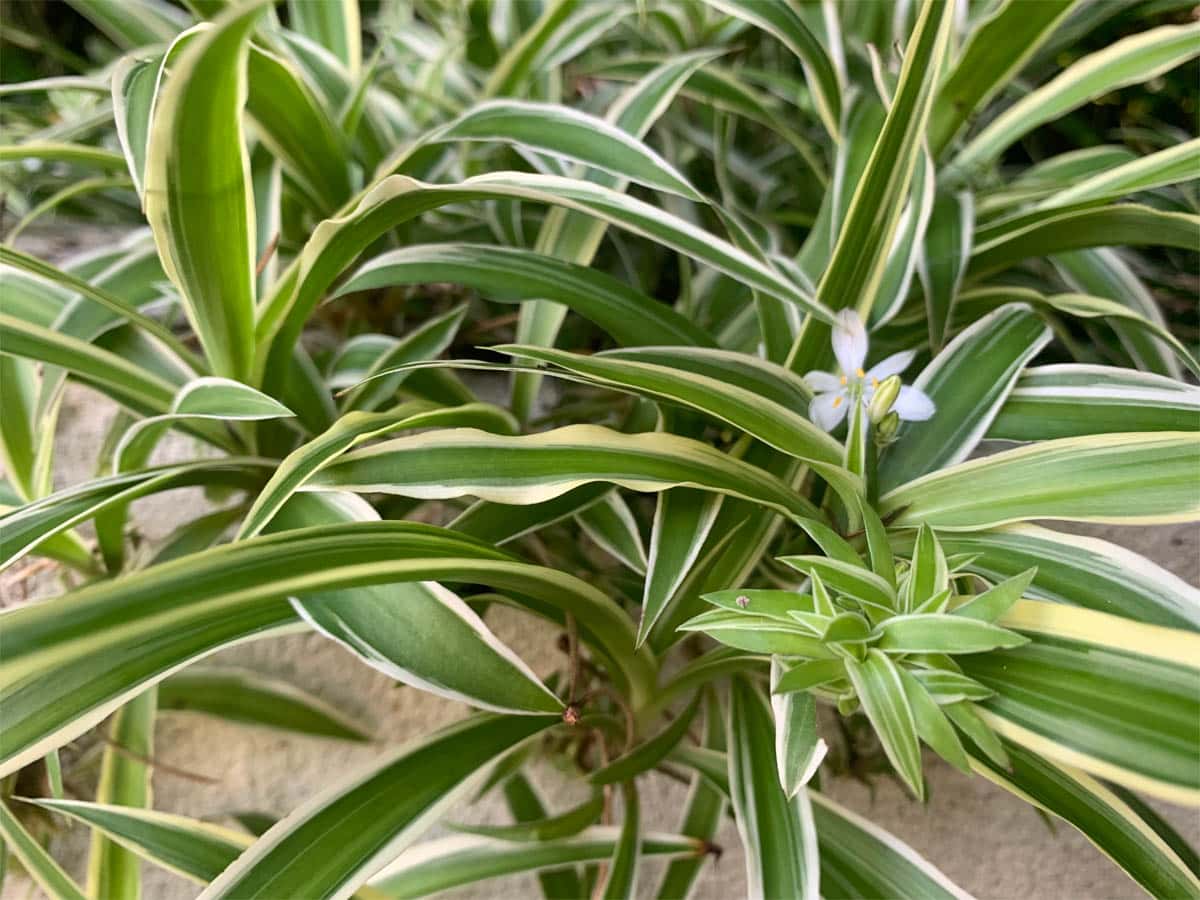
About: The spider plant is an easy to care for plant which grows pups (baby spider plants) that cascade down the plant. Can grow in garden beds, rockeries, or in pots on the ground or hanging.
Scientific name: Chlorophytum comosum
Also called: Spider plant, ribbon plant, airplane plant, bracket plant, spider ivy, hen and chickens.
Care: Easy.
Preferred climate: Humid and filtered sunlight, cannot tolerate frost.
Golden Cane Palm
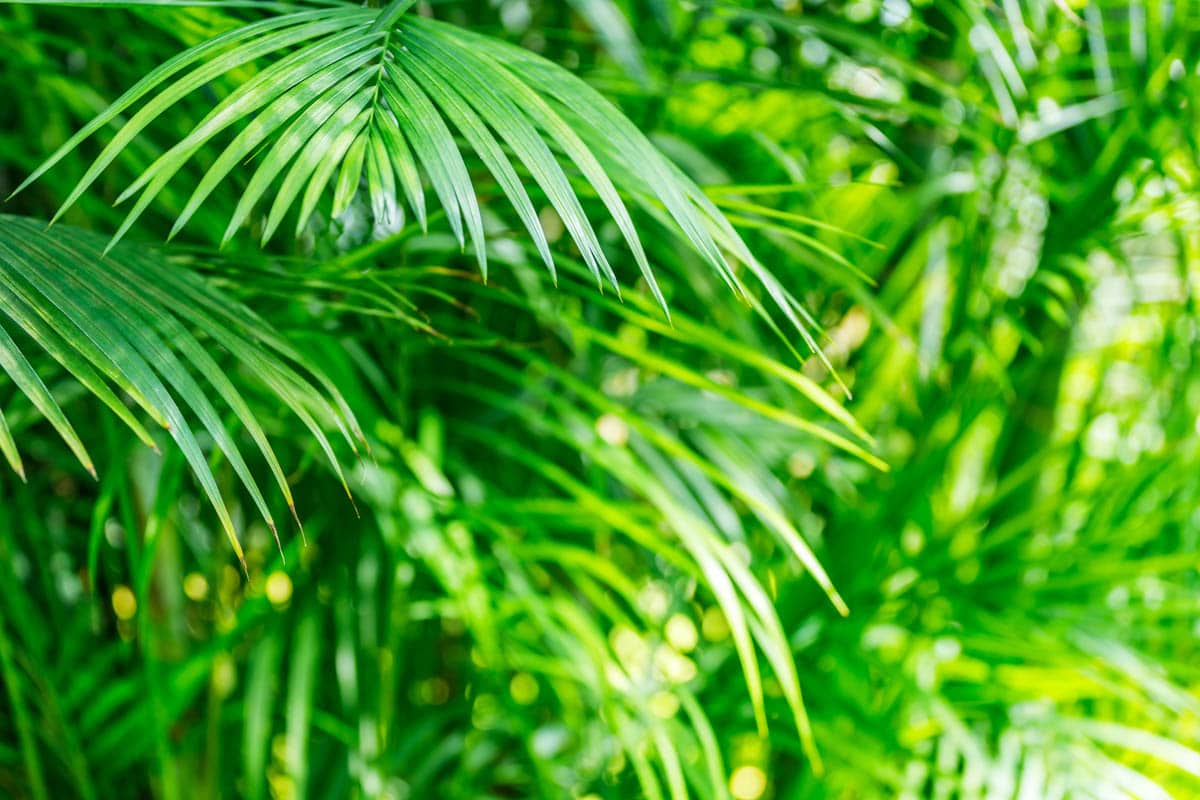
About: The golden cane palm is an ornamental palm that is suitable for pots or gardens. Be warned, if planted in a bright spot in the garden it can grow up to 8 metres tall.
Scientific name: Dypsis lutescens
Also called: Areca Palm, Yellow Palm, Butterfly Palm.
Care: Easy.
Preferred climate: Tropical, grow in full or part shade, can tolerate cold but protect from frost.
Boston Fern

About: The Boston fern is a beautiful fern with fresh light green fronds. It is suitable for use indoors and on patios in warmer climates.
Scientific name: Nephrolepis exaltata
Also called: Sword fern.
Care: Moderate.
Preferred climate: Warm, humid and shady.
Staghorn fern

About: Staghorn ferns belong to a genus of 18 unusual ferns which attach to trees (or boards of wood). They can grow up to six feet in length.
Scientific name: Platycerium spp.
Also called: Elkhorn
Care: Moderate
Preferred climate: Warm and humid, grow in dappled shade. Protect from direct sun and frost.
Spanish Moss

Scientific name: Tillandsia usneoides
Also called: Old Man’s Beard
About: An interesting air plant which can be hung from trees, branches and logs. We have some hanging from the wire netting in our cat’s enclosure.
Care: Easy.
Preferred climate: Prefers a humid climate, but can grow in a dry climate if misted regularly with water. Can tolerate light frost, avoid direct sun.
Ponytail Palm
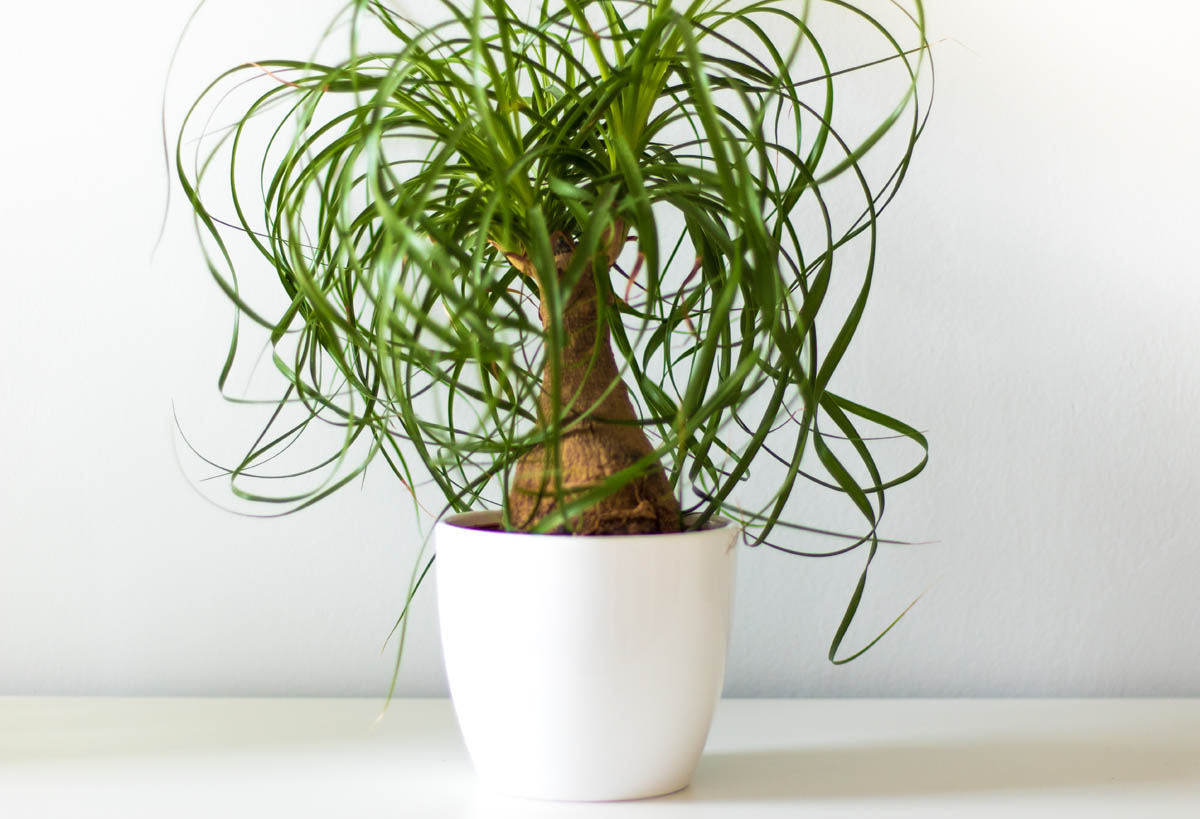
About: A genus of flowering plants which are native to Mexico and Central America. The most well known of the Beaucarnea species is the unusual-looking Ponytail Palm (Beaucarnea recurvata).
Scientific name: Beaucarnea spp.
Also called: Elephant’s Foot, Ponytail Palm, Bottle Palm, Elephant-Foot Tree
Care: Easy
Preferred climate: Temperate climate and full sun. Protect from frost in cooler areas.
Silver falls
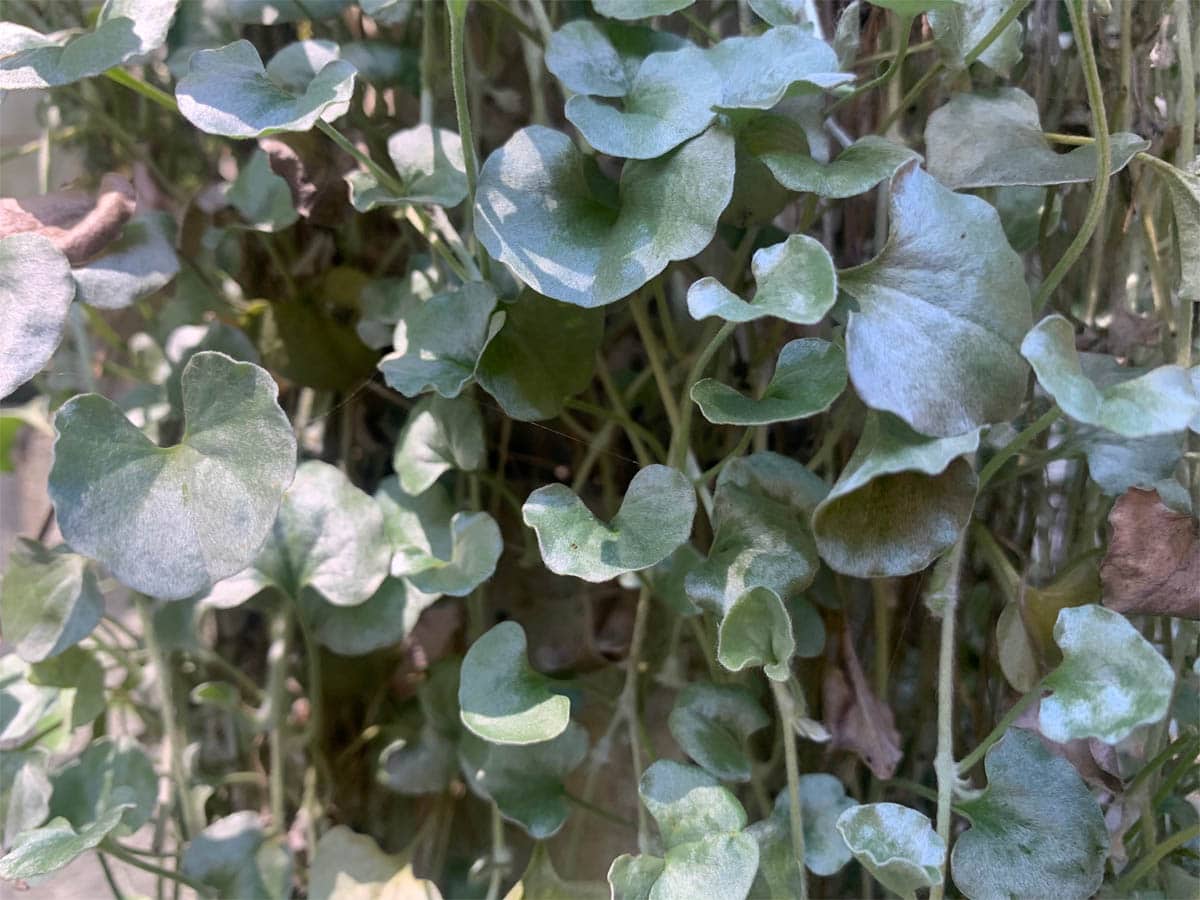
About: This stunning plant with silver/green leaves can grow as a trailing plant in rockeries or a hanging basket. The plant is not classified as toxic; however, ingestion can cause minor oral irritation.
Scientific name: Dichondra argentea
Also called: Silver ponyfoot
Care: Moderate
Preferred climate: Warm and dry, prefers partial shade. Frost tolerant once established.
Bamboo

About: A fast-growing and decorative plant with 1,000 species, bamboo comes in all shapes and sizes. Some bamboo plants can spread quite easily; I prefer to stick with clumping bamboo and grow it in pots.
Scientific name: Bambusoideae
Also called: –
Care: Easy
Preferred climate: Tropical and full sun, frost resistant.
Maidenhair fern
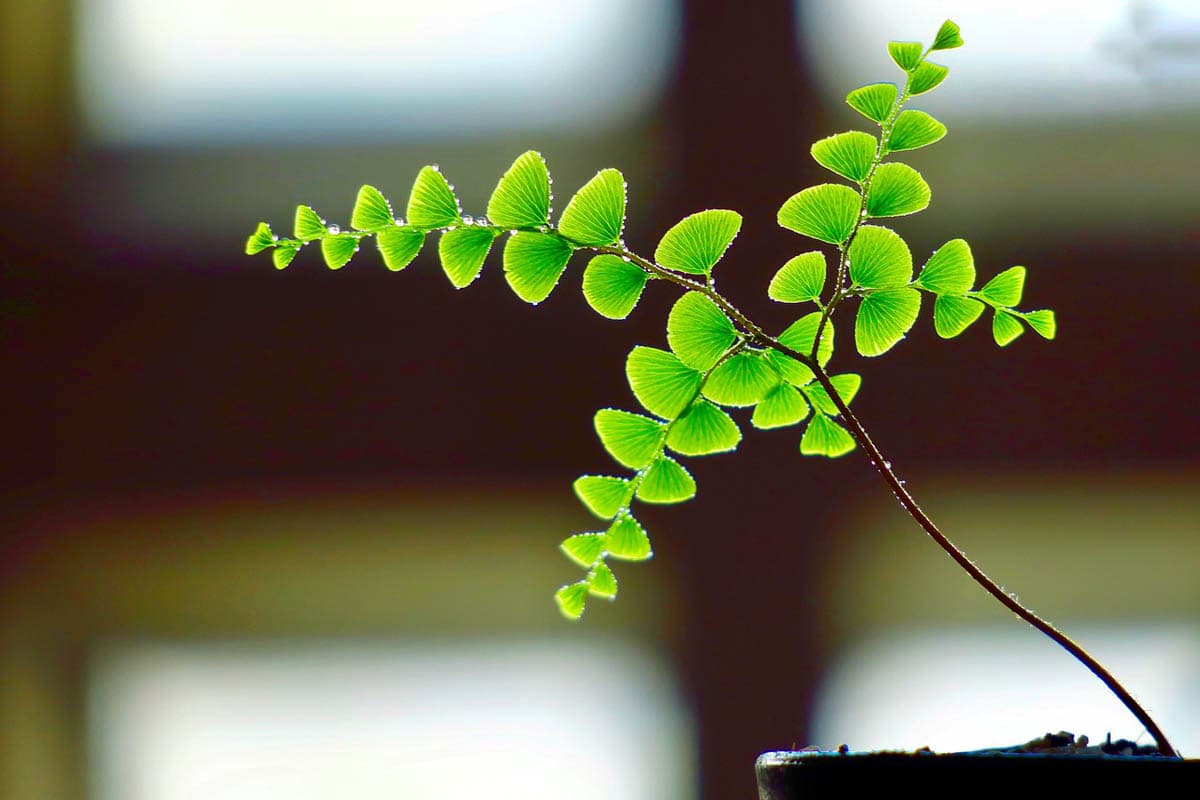
About: A genus of 250 species which consist of delicate, lacy leaves which can be grown in pots or hanging baskets.
Scientific name: Adiantum spp.
Also called: –
Care: Moderate to hard
Preferred climate: Humid and dappled shade. Protect from frost.
Edible plants
All plants on this page are safe to eat; however, this section covers plants cats like to chew on.
Catnip

About: Catnip is a perennial herb in the mint family that is well known for its ability to induce a high in some cats. Approximately 60% of cats respond to catnip; however, it does not affect kittens. All parts of the plant can be sniffed or ingested to induce a high.
Scientific name: Nepeta cataria
Also called: Cataria, Catnep, Catrup, Cat’s Healall, True Catnip, Cat’s Wort, Field Balm, Garden Nep, Herba Cataria, Herba Catti, Nebada, Nep.
Care: Easy
Preferred climate: Catnip grows well in almost all climates. Prefers a sunny position, tolerates frost.
Cat grass
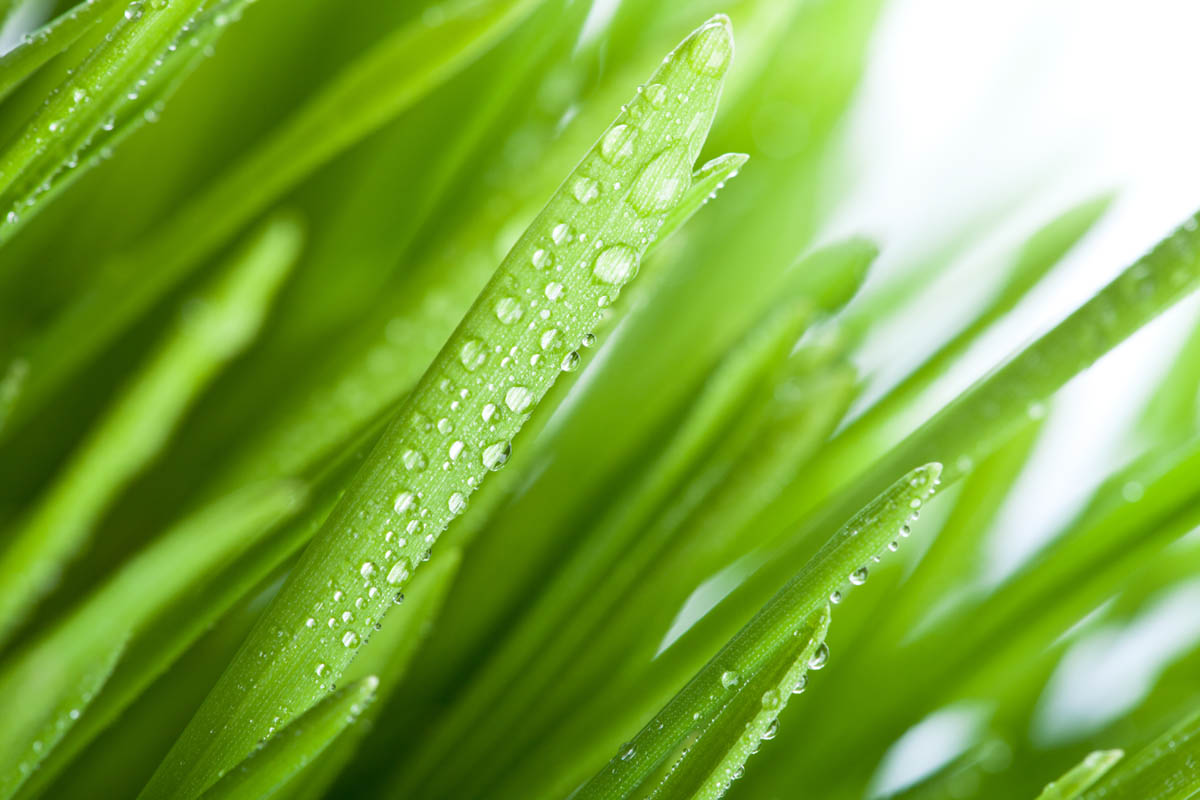
About: There are several varieties of cat grass available and is best grown in a pot to provide greenery for the cat to chew on
Scientific name: Dactylis glomerata, Avena sativa, Hordeum vulgare, Triticum aestivum
Also called: Orchard Grass, Cock’s-Foot, Common Oat, Cat Oat, Barley, Wheatgrass
Care: Easy
Preferred climate: Catgrass grows well in almost all climates, grow in a sunny position, frost resistant.
Cat thyme
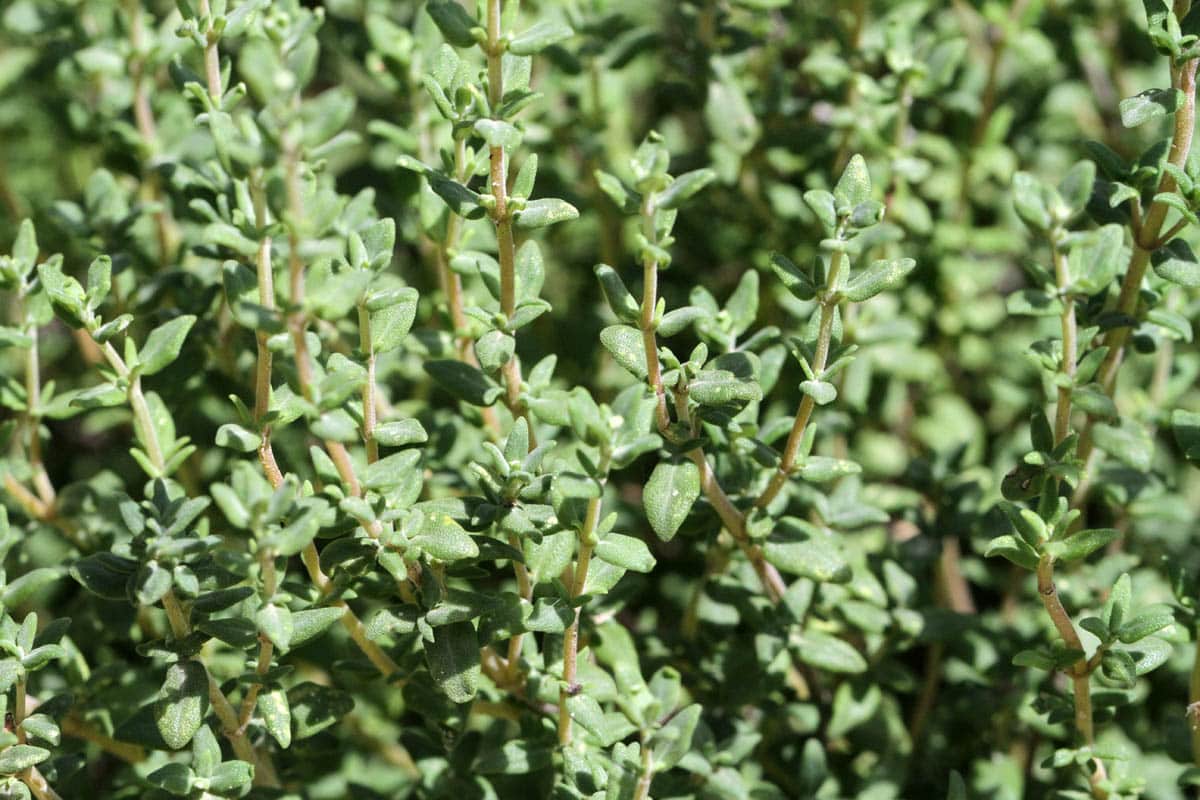
Scientific name: Teucrium marum
Also called: –
About: Cat thyme is not related to the common thyme herb used in kitchens but is a close relative of germander. A low growing, perennial shrub with a musty aroma, cat thyme is native to the Western Meditteranean.
Care: Easy
Preferred climate: Warm and dry, prefers full sun. Tolerates light frost.
Silvervine
About: A species of kiwifruit which grows in the mountains of China and Japan. Silver Vine induced a response in 80% of cats tested in one test to see the effectiveness of different plants on cats. The active ingredients are actinidine and dihydroactinidiolide.
Scientific name: Actinidia polygama
Also called: Cat Powder, Matatabi
Care: Easy
Preferred climate: Warm climate, partial shade to full sun. Frost tender.

